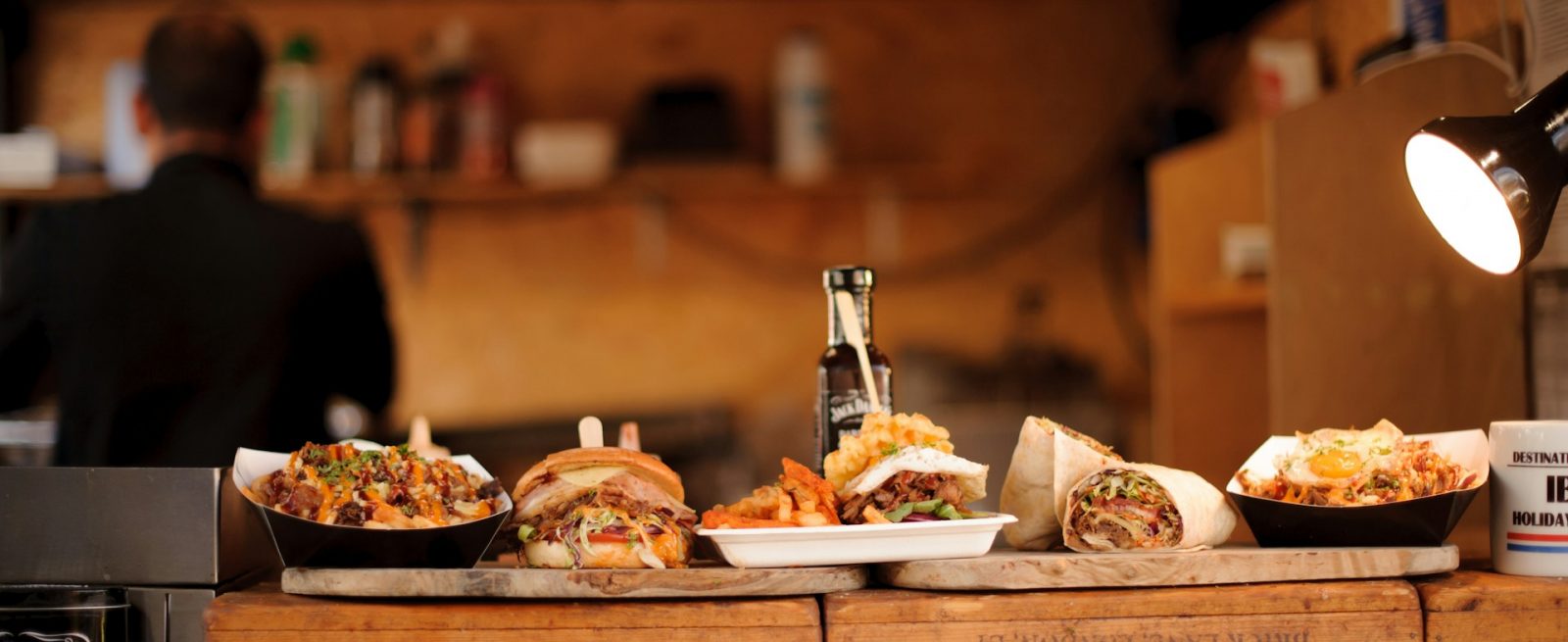Restaurant Startup Growth and Business Outlook for 2024
3 Min Read By Benjamin Johnston
Twenty twenty-three, began with a banking crisis and ended with the highest interest rates America has seen in fifteen years. It also ended with continued economic growth and low unemployment, making it a profitable, yet challenging year for small businesses in the food service industry. Continued Fed tightening made borrowing to fund growth more expensive, while a tight labor market meant challenges finding talent and higher labor costs. As we head into 2024, all eyes are on the Federal Reserve as interest rates hold the key to employment and the consumer spending fueling the small business economy.
In all, we expect 2024 to be a better year for business than 2023 as the Federal Reserve executes the soft landing it has been seeking since this tightening cycle began. This means lower interest rates for businesses financing inventory and investing in expansion. It also means a marginal improvement in spending power for consumers driven by moderate wage growth and strong overall employment numbers. While we do expect 2024 to present challenges, we are optimistic about the overall economy and the role of U.S. small businesses in driving economic growth.
America is experiencing an entrepreneurial renaissance that began in the depths of the pandemic and continues to build momentum, where entrepreneurs launch “side-hustles” that blossom into profitable businesses. This has led to a significant increase the number of new business applications registered with the U.S. Census Bureau. The food service industry has seen one of the largest increases in new business applications since 2019, with the introduction of food trucks and other non-traditional eateries. The growth in new business starts, despite a historically strong labor market producing rapid wage growth, proves the durability of the trend toward entrepreneurism. We expect this trend to continue, with more and more people starting “side hustles,” many of which will power America’s next wave of food service innovation.
Factors Impacting Restaurants in 2024
Consumer Spending: The restaurant industry continued to grow in 2023, benefitting from a shift in consumer spending toward services and activities at the expense of material goods. We expect this trend to continue in 2024 as low unemployment provides consumers sufficient discretionary income to afford eating out on a regular basis. However, a tight labor market and stubbornly high food prices will continue to weigh on restaurant margins in 2024.
Inflation: The Federal Reserve has succeeded in bringing inflation under control without causing a recession, a feat many of us viewed as unlikely at the start of 2023. Unemployment has remained low throughout this tightening cycle and while wages rose in 2023, wage increases were more muted compared to 2022. The Federal Reserve has indicated that it will likely be reducing rates in 2024. Inflation now sits just above three percent and we expect it to remain in this range throughout 2024 as rate reductions spur greater demand in the economy. So, while we don’t expect significant price increases in 2024, we also do not expect to fully return to the two percent and below inflation environment of the pre-pandemic era. This means that small businesses should expect slightly higher than average increases in operating costs and should be prepared to pass these costs on to customers in the form of higher prices.
Although 2024 presents uncertainty for small business owners, we are optimistic that the economy is poised for a soft landing that will allow for continued economic growth and strong employment without a material increase in inflation. Restaurant owners should feel better about the economy today, with the prospect of rate cuts just around the corner, than they did a year ago with inflation still high and more rate hikes to come. While this is not a green light for irrational exuberance, restaurant owners may want to dust off the plans for growth they put on hold last year and determine what financing rates are required to make a new project viable. While many banks have scaled back their exposure to small businesses, there are many non-bank small business lenders that are ready to fill the funding gap left as banks tighten. As interest rates come down and consumer confidence grows, we expect 2024 to be a prosperous and exciting year for the restaurant industry who will serve as a powerful growth engine for the American economy.


